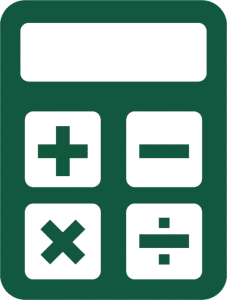If you’re a first-time home buyer, you might be surprised to learn that the price of the home you select isn’t the only factor in that all-important monthly payment amount. Your monthly payment will ultimately be a combination of several types of payments.
Here is everything you need to know about how your monthly payment gets calculated and how you can keep your monthly mortgage payment as low as possible.
Principal
The principal balance is the amount that you borrowed. For example, if you borrow $350,000 to buy a home, then $350,000 is your principal. You’ll end up paying more than $350,000 over the life of your loan, but it is the actual amount that the bank gave to you so that you could buy the home.
Each mortgage payment pays some of your principal. However, in the early years of your repayment plan, most of your payments will go to the interest that you owe. Most home buyers should plan on staying in their homes for at least five years since they will build less equity at first.
Interest
Interest is the profit lenders make on the loan. No lender offers a loan out of the goodness of their heart. They’re selling you a product. You’re paying for the privilege of receiving the money upfront.
Interest is part of every mortgage payment, and higher interest rates increase your monthly payments. To understand where your monthly mortgage payments are going, consult your amortization schedule.
Taxes
Every homeowner must pay property taxes. While a cash buyer will receive an annual bill, a homeowner with a mortgage usually will roll monthly tax payments into their monthly mortgage payments.
While tax payments raise your monthly payment, they prevent your home from going into tax foreclosure, and paying taxes this way ensures you don’t get a surprise bill at the beginning of every year.
Since property tax bills can be thousands of dollars every year, rolling the payments into your mortgage is usually a budget-saver.
Insurance
Many loans come with some form of mortgage insurance, especially if your down payment is smaller than 20%. While some mortgage deals require you to pay the premium for mortgage insurance at closing, most roll the premiums into your monthly mortgage payment.
Sometimes, you can cancel mortgage insurance after attaining 20% equity, thus lowering your monthly payments.
Lowering Your Mortgage Payment
You have a few options for lowering your monthly mortgage payment.
If you haven’t bought a home yet, then you can lower your monthly mortgage payment by saving up a higher down payment.
The more you pay upfront, the smaller your mortgage payment will be, both because your interest rates will be lower and because you may either avoid mortgage insurance, receive lower mortgage insurance premiums, or avoid mortgage insurance altogether. A higher down payment will also generally mean lower interest rates, which can have a significant impact on your payment amounts.
Raising your credit score can also help, as a higher credit score means lower interest rates.
Choosing a 30-year mortgage over a 15-year mortgage will also lower your monthly mortgage amount, though it may raise your interest rates.
If you’ve already purchased a home, then refinancing can help lower your payments. Refinancing can help by extending the term of your loan, eliminating mortgage insurance, lowering your interest rates, or all of the above. Alex Doce can help you choose the right refinancing program.
Get Help Today
If you want to work with an honest, reliable lender who will offer the lowest rates, fees, and monthly payments, then schedule a call with Alex Doce today.
Alex will work with you to ensure that your monthly mortgage payment is both affordable and manageable.





